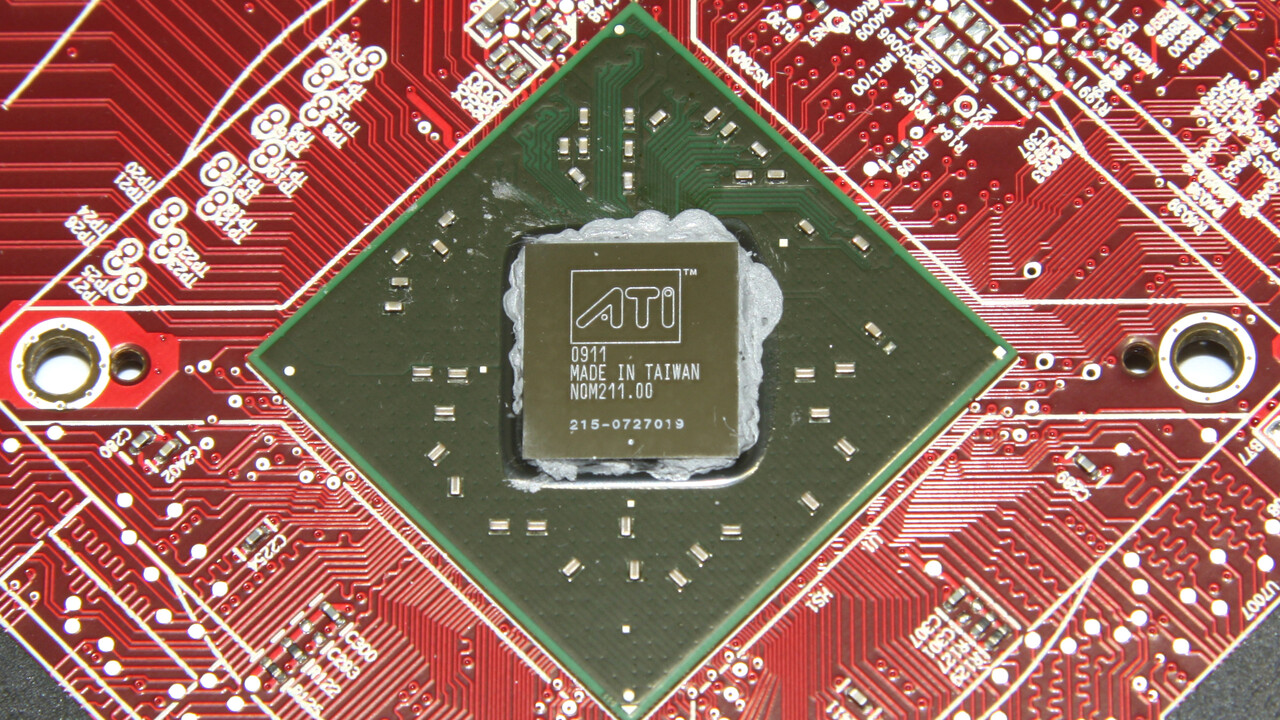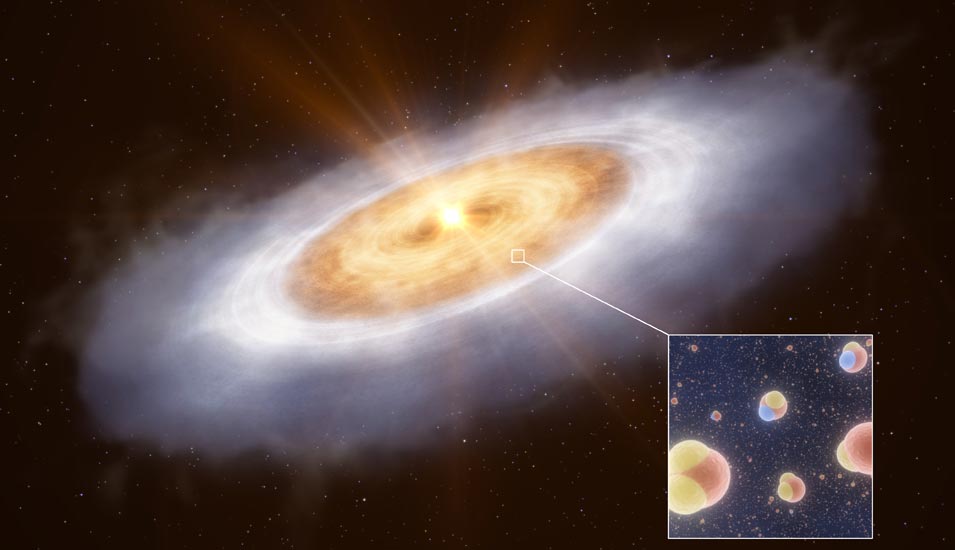Water on Earth may be older than our sun. Astronomers justify this by the fact that they have detected gaseous water in a disk formed by a sun-like planet, the protostar, which is 1,300 light-years away from Earth. Using the Atacama Large Millimeter/submillimeter Array (ALMA) radio telescope observatory in Chile, they were able to determine the chemical signature of water, which explains the transport of water from star-forming gas clouds to planets, according to the European Southern Observatory (ESO), which is involved in ALMA. Dr. explains. John J. Tobin, an astronomer with the US National Radio Astronomy Observatory and lead author of the study published Wednesday in the research journal Nature.
Stars form when clouds of gas and dust collapse. In addition to the star at the center, a disk of cloud material forms around the star, which aggregates together over the course of a few million years and produces comets, asteroids, and planets. Water usually consists of one oxygen atom and two hydrogen atoms. The international research team studied a version that’s slightly heavier than water in which one of the hydrogen atoms has been replaced with deuterium – a heavy isotope of hydrogen. Simple and heavy water formed under different conditions, which is why one can infer from their relationship when and where water formed. Analysis showed that this ratio in some solar system comets is similar to that found on Earth, indicating that comets brought water to Earth.
Star V883 Orionis provides an important link in explaining the water in our solar system
Until now, there has been no explanation for how water moves from young stars to comets, as water has already been observed moving from clouds to young stars, and then from comets to planets. The studied star V883 Orionis and the planet-forming disk represent the “missing link,” according to Tobin. “The composition of the water in the disk is very similar to that of comets in our solar system.” This supports the idea that water in planetary systems was formed billions of years before the sun in interstellar space and was relatively unaltered by both comets and Earth.
It is difficult to observe the water in the planet-forming disks – it is mostly frozen as ice. Carbonated water can only be detected thanks to the radiation emitted by the molecules as they rotate and vibrate. This carbonated water is in the middle of the discs where it’s warmer but it’s covered in dust there. In addition, the regions involved are too small to be captured by telescopes on Earth. A recent study found that V883 Orionis’ disk is unusually hot, so water is present and detectable as water vapor rather than ice. The researchers were able to The current study Both determining the location of water and determining its composition, as well as determining its distribution within the disc. According to ESO, this disc contains at least 1,200 times the amount of water found in all of Earth’s oceans.

“Subtly charming coffee scholar. General zombie junkie. Introvert. Alcohol nerd. Travel lover. Twitter specialist. Freelance student.”







More Stories
In testing 15 years ago: ATi Radeon HD 4770 impressed thanks to 40nm
A mysterious discovery on Mars – NASA team talks about “tire tracks” or “dragon scales”
iX Workshop: Passwordless authentication using passkeys, FIDO, SSO, and more